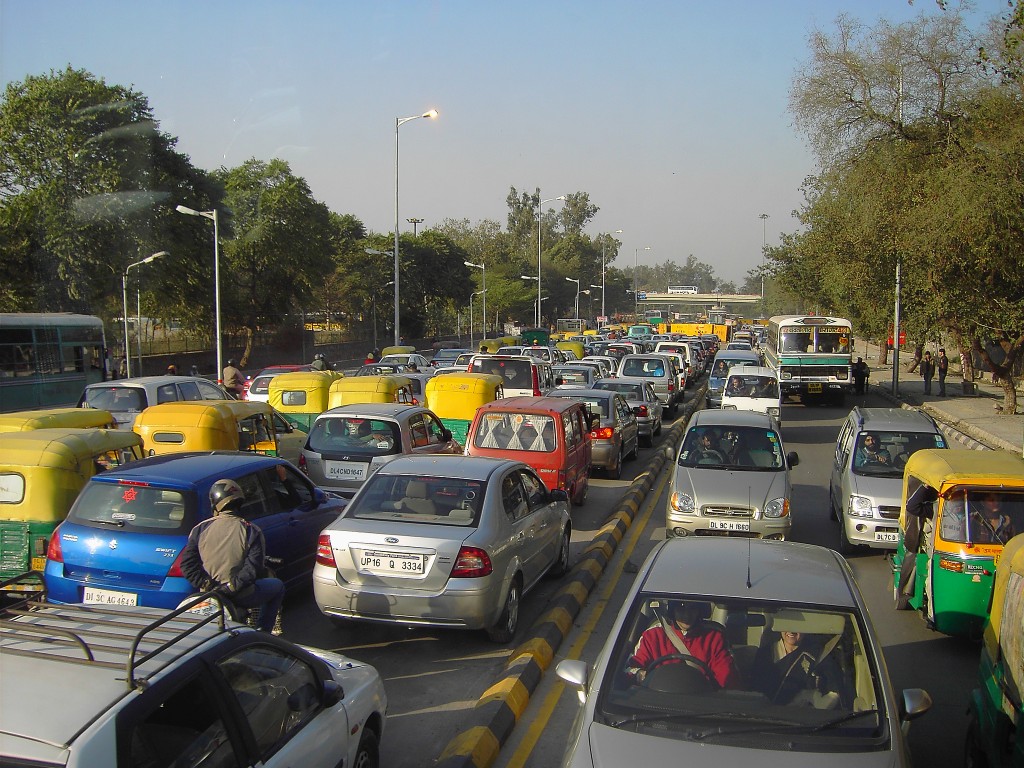Last December, representatives form 195 countries met in Paris to negotiate an agreement to address climate change on a global scale.
Almost a year later, enough countries have now formally ratified that agreement in order that it can officially take effect.
The tipping point was reached when India and the 28 members of the European Union ratified the agreement within days of each other.
DON'T MISS: UN deal reached to limit, offset global aviation emissions
Both India and the EU voted to ratify the Paris climate agreement in the first week of this month, meaning it will take effect much earlier than expected, according to The Washington Post.
The agreement is now set to take effect next month, although it may take some time for countries to ramp up their carbon-reduction efforts.
To enter force, the agreement had to be signed by 55 countries, representing 55 percent of global emissions.

New Delhi traffic, by Flickr user denisbin (Used under CC License)
The U.S., China, and Brazil were quick to sign on, as were several smaller nations.
But the combination of India and the EU pushed things over the top.
India represents 4.1 percent of global emissions, while the 28 members of the EU collectively represent 12.1 percent.
ALSO SEE: Indian capital to cancel registrations of diesel cars 10 years or older, immediately
However, while the EU as a whole did ratify the agreement, only seven of its member nations have done so individually.
That does include two of the biggest emitters—France and Germany—which should still be enough to trigger activation.
Now that the Paris agreement has been ratified, though, nations must focus on the challenge of implementing it.

Smart Fortwo Electric Drive and Mercedes-Benz B-Class Electric Drive at driving school.
Under the agreement, nations are obligated to take steps individually to limit global warming to "well below" 2 degrees Celsius above pre-industrial levels.
But signing a pledge to do so is much easier than actually implementing the measures needed to limit warming.
Among other things, it requires a long-term commitment that may not be realistic given the unpredictable political climates of most countries.
MORE: Hydro-power reservoirs emit methane, a greenhouse gas: no free lunch?
Some scientists also question whether it is even possible to limit warming to 2 degrees Celsius at this point, and whether that would in fact be enough to stop permanent climate change.
Countries must updated their individual climate-change plans in 2020, and there will be assessments of global progress in meeting the agreement in 2018 and 2023.
Further details regarding implementation will likely be discussed at a UN meeting in Marrakesh, Morocco, next month.
Green Car Reports respectfully reminds its readers that the scientific validity of climate change is not a topic for debate in our comments. We ask that any comments by climate-change denialists be flagged for moderation. Thank you in advance for helping us keep our comments civil, respectful, and fact-based.
_______________________________________________












